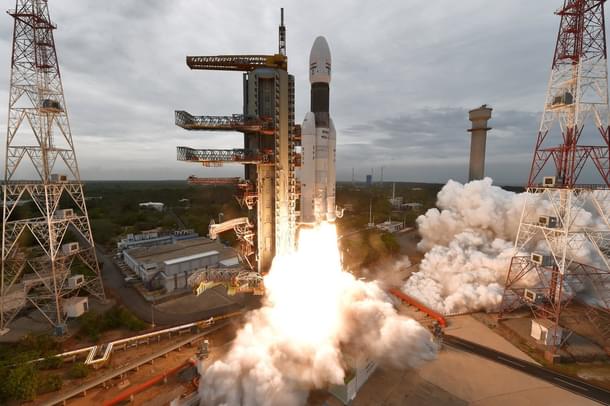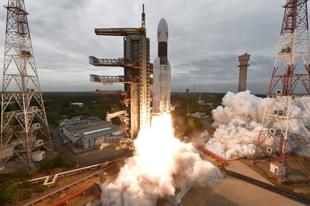Insta
ISRO Finishes Development Of Its Semi-Cryogenic Engine; SCE-200 To Undergo Testing In Ukraine Before Operationalisation
Swarajya Staff
Sep 19, 2019, 06:30 PM | Updated 06:30 PM IST
Save & read from anywhere!
Bookmark stories for easy access on any device or the Swarajya app.


Coming on the heels of its recent Chandrayaan-2 mission, which was able to successfully release a lunar orbiter but could not land the Vikram lander on the moon’s surface, ISRO is now ready for its semi-cryogenic engine to be tested in Ukraine, reports The Hindu BusinessLine.
Director of the Vikram Sarabhai Space Centre S Somnath revealed that the semi-cryogenic engine is now fully ready for testing. Once successfully tested, it will improve the carrying capacity of future ISRO space launches from 4 to 6 tonnes.
The space programmes of India and Ukraine have been collaborating closely since the signing of the Framework Agreement for cooperation in 2005. India’s semi-cryogenic engine, the SCE-200, will have 200 tonnes of thrust, and will also be a much more green alternative to current technology used on Indian rockets, as it uses Kerosene instead of dimethyl hydrazine (UDMH).
The SCE-200 will be tested in collaboration with the Ukrainian firm Yuzhmash, and once it is ready it will be used to equip future launchers of ISRO like the Unified Launch Vehicle (ULV) which is currently in development.




